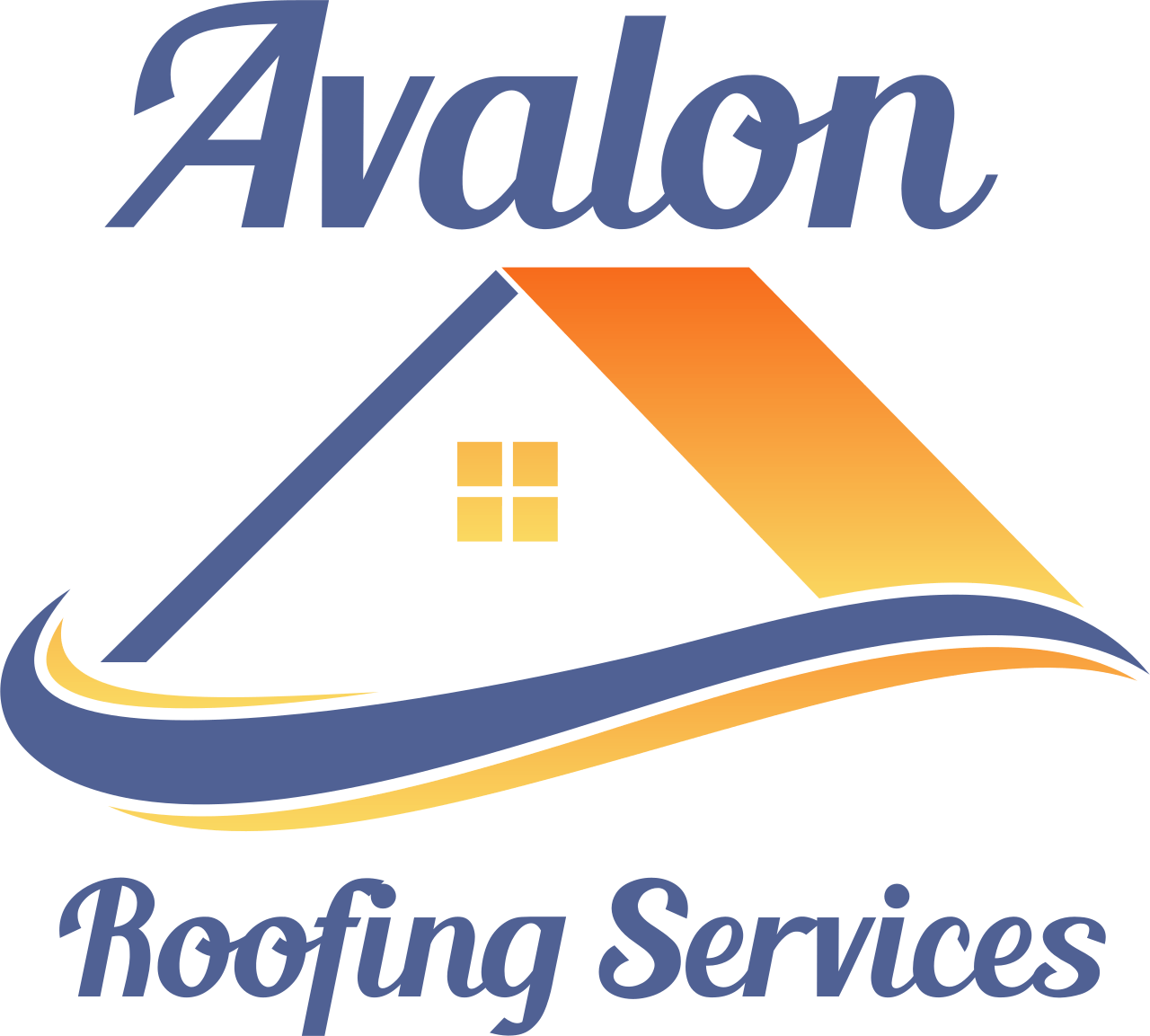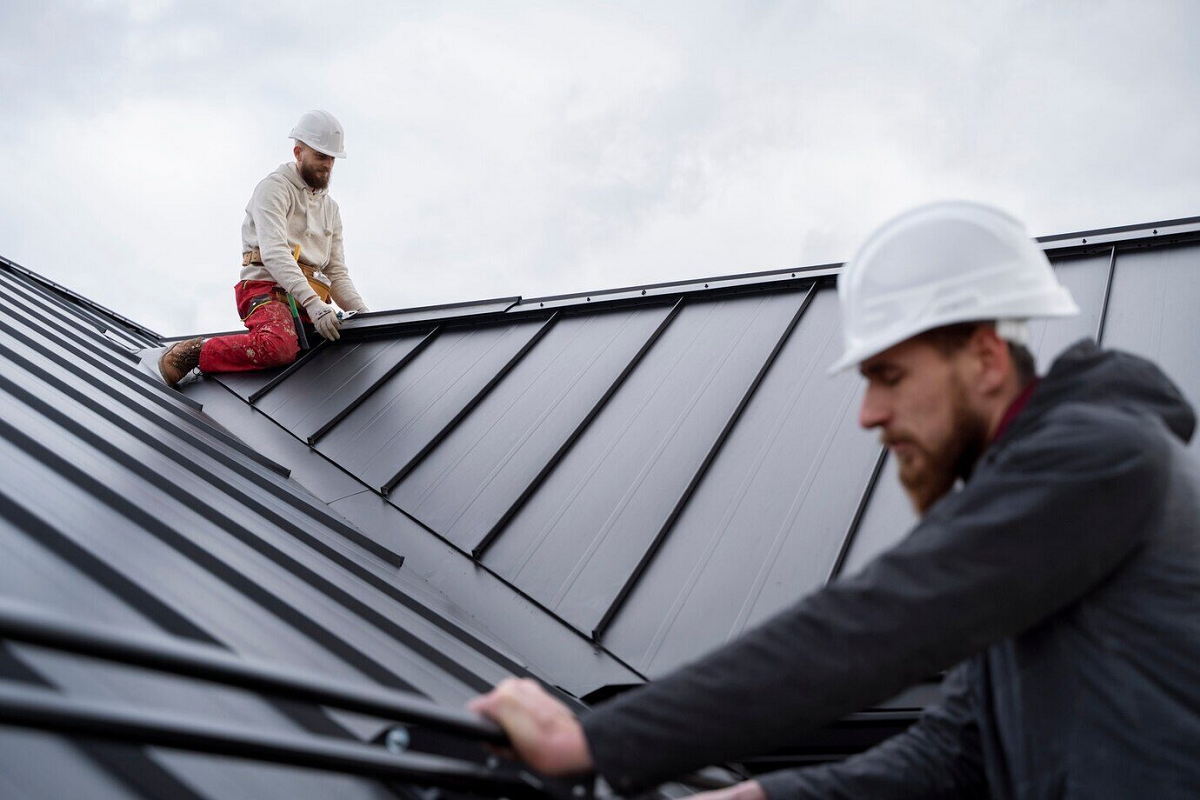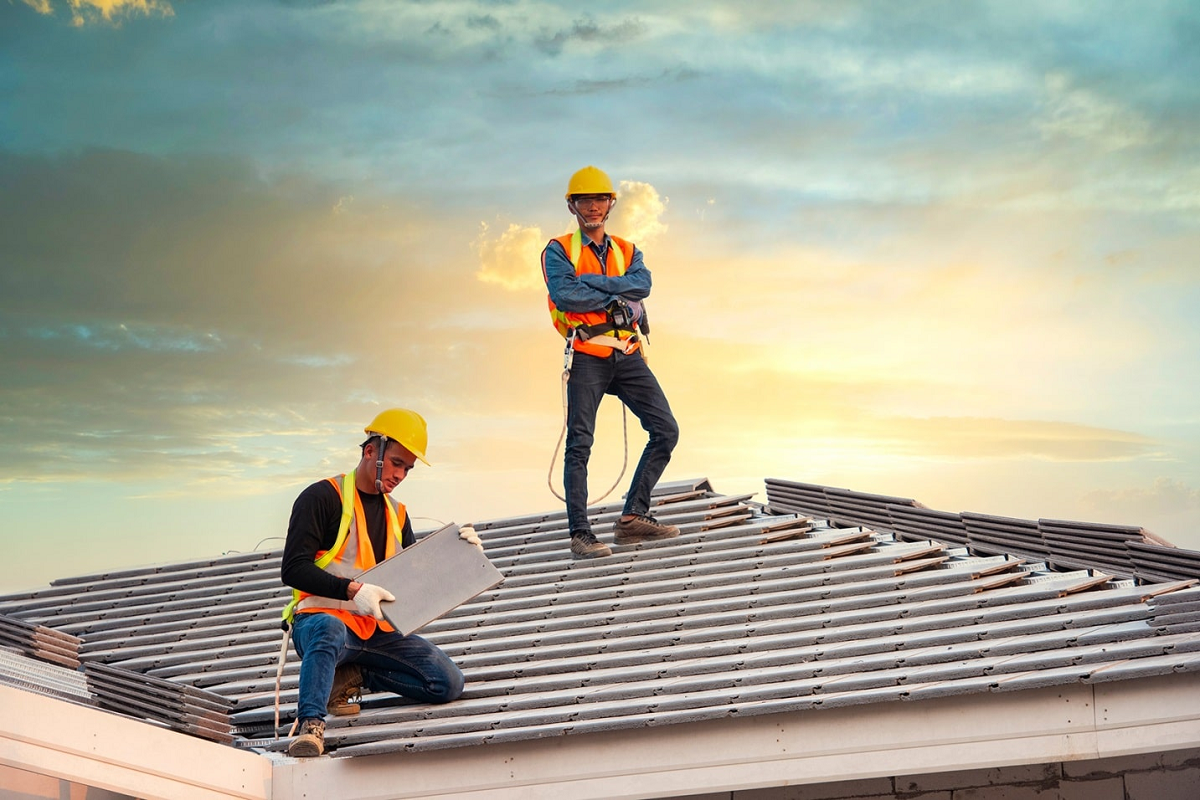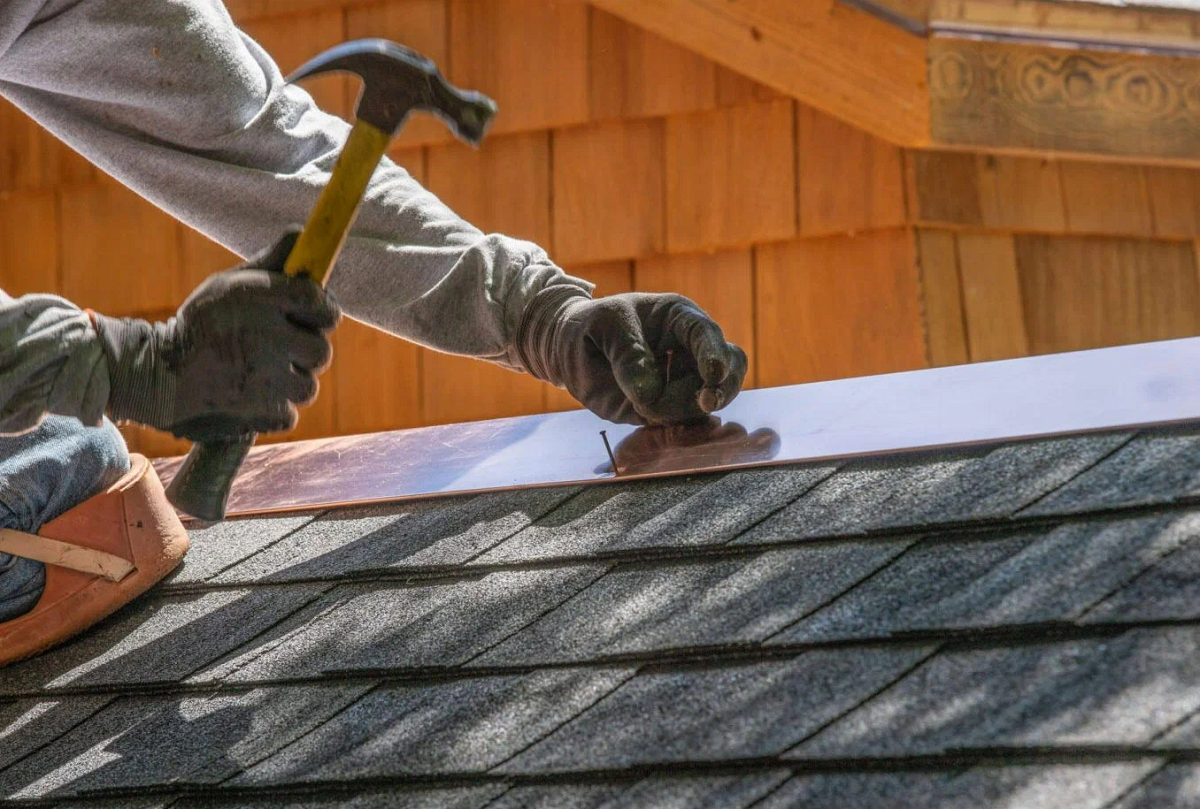Roofing Material Environmental Impact: A Comparison
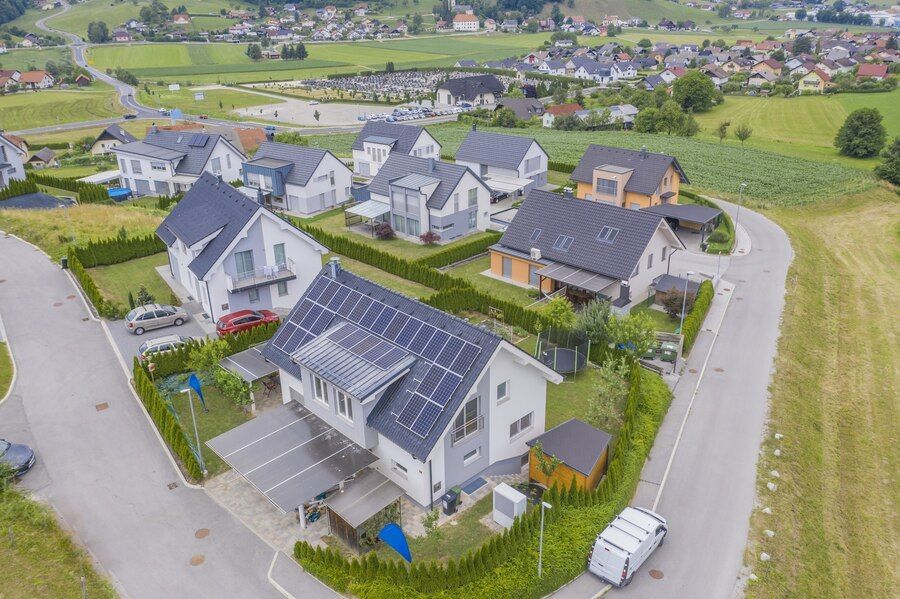
Roofing materials might not be the first thing that comes to mind when you think about environmental impact, but they play a significant role in sustainability and eco-conscious building practices. From asphalt shingles to metal panels, each roofing material has its own set of environmental implications, ranging from resource extraction to manufacturing processes to disposal.
In this comprehensive comparison, we delve into the environmental footprints of various roofing materials, considering factors such as energy consumption, greenhouse gas emissions, and recyclability. By understanding the environmental impact of different roofing options, homeowners, builders, and architects can make informed decisions that align with their sustainability goals.
Whether you're renovating your home or constructing a new building, choosing the right roofing material can make a substantial difference in reducing your carbon footprint and promoting a greener future for generations to come.
Resource Extraction and Depletion
The process of obtaining raw materials for roofing production can have profound environmental implications. Traditional materials like asphalt shingles require vast amounts of non-renewable resources such as petroleum for production. This extraction contributes to habitat destruction, soil erosion, and water pollution in extraction sites. Moreover, the depletion of these resources poses long-term sustainability challenges, as finite resources become scarcer.
On the other hand, sustainable alternatives such as metal roofing or clay tiles often utilize recycled materials or come from renewable sources, reducing the strain on natural resources and mitigating the environmental impact associated with extraction. Thus, understanding the sourcing of materials is crucial in assessing their overall environmental footprint.
Manufacturing Processes and Energy Consumption
Manufacturing Processes and Energy Consumption play a crucial role in the environmental impact of roofing materials. Traditional manufacturing methods often entail energy-intensive processes, resulting in significant greenhouse gas emissions and environmental degradation. However, sustainable alternatives offer promising solutions by employing renewable energy sources and efficient manufacturing techniques to minimize energy consumption and reduce environmental harm.
- Energy-intensive processes: Traditional roofing materials, such as asphalt shingles, require high energy inputs during manufacturing, contributing to greenhouse gas emissions and environmental degradation.
- Renewable energy sources: Sustainable roofing options utilize renewable energy sources, such as solar or wind power, to minimize energy consumption and reduce environmental impact during manufacturing.
- Efficient manufacturing techniques: Eco-friendly roofing materials often employ efficient manufacturing techniques to optimize resource use and minimize waste production, further reducing their environmental footprint.
- Green certifications: Look for roofing materials with green certifications, such as LEED certification, which ensure that products meet strict environmental standards and promote sustainable manufacturing processes.
- Environmental benefits: Choosing roofing materials with lower energy consumption and environmentally friendly manufacturing processes not only reduces your carbon footprint but also contributes to overall environmental conservation efforts.
By prioritizing roofing materials with sustainable manufacturing processes and low energy consumption, we can minimize our environmental impact and work towards a more sustainable future for generations to come.
Greenhouse Gas Emissions
The production and use of roofing materials contribute to greenhouse gas emissions, which are major drivers of climate change. Traditional materials like asphalt shingles and concrete tiles emit significant amounts of carbon dioxide during manufacturing and transportation, contributing to global warming.
Additionally, the installation of energy-intensive roofing materials can increase the demand for cooling, further exacerbating greenhouse gas emissions. In contrast, environmentally friendly options such as green roofs or cool roofs can help mitigate climate change by reducing heat absorption, lowering energy consumption, and consequently cutting down on greenhouse gas emissions. Thus, considering the carbon footprint of roofing materials is essential in making sustainable choices that contribute to climate change mitigation efforts.
Durability and Longevity
The durability and longevity of roofing materials play a crucial role in their environmental impact over the lifecycle of a building. Traditional materials like asphalt shingles often have shorter lifespans and require frequent replacements, leading to increased resource consumption, waste generation, and environmental degradation. In contrast, durable options such as metal roofing or clay tiles can last significantly longer with minimal maintenance, reducing the need for frequent replacements and conserving resources.
Additionally, durable roofing materials can withstand harsh weather conditions better, reducing the likelihood of damage and further extending their lifespan. Thus, prioritizing durable and long-lasting roofing materials can significantly reduce the environmental footprint associated with building maintenance and replacement.
Recyclability and Reusability
The recyclability and reusability of roofing materials are critical factors in reducing waste and minimizing environmental impact. Traditional materials like asphalt shingles often end up in landfills at the end of their lifespan, contributing to pollution and resource depletion. In contrast, many sustainable alternatives such as metal roofing or clay tiles are highly recyclable and can be repurposed at the end of their lifecycle, reducing waste and conserving resources.
Additionally, recycled content can be incorporated into the production of roofing materials, further reducing the need for virgin materials and promoting a circular economy. Therefore, choosing roofing materials with high recyclability and reusability can significantly contribute to waste reduction and environmental conservation efforts.
Waste Generation and Disposal
The disposal of roofing materials at the end of their life cycle poses significant challenges in waste management and environmental protection. Traditional materials like asphalt shingles generate substantial waste during installation, replacement, and demolition, contributing to overflowing landfills and environmental pollution. Improper disposal can also lead to leaching of toxic chemicals into soil and water bodies, posing risks to ecosystems and human health.
Conversely, choosing roofing materials with minimal waste generation and environmentally friendly disposal options, such as recycling or repurposing, can mitigate these environmental hazards. Additionally, innovative approaches like deconstruction and salvage programs can further reduce waste generation by recovering and reusing materials from old roofs. Thus, prioritizing sustainable waste management practices is essential in minimizing the environmental impact of roofing materials.
Water Usage in Production
The production of roofing materials often involves significant water usage, which can strain local water resources and contribute to environmental degradation. Traditional manufacturing processes like asphalt shingle production require large amounts of water for cooling, cleaning, and chemical processing, leading to water pollution and depletion in surrounding areas.
Sustainable alternatives such as metal roofing or clay tiles generally have lower water requirements due to their manufacturing processes or use of recycled materials, reducing the strain on water resources. Additionally, implementing water-saving measures and recycling water in manufacturing can further minimize the environmental impact of roofing material production. Thus, considering water usage in production is crucial in evaluating the sustainability of roofing materials and promoting responsible water stewardship.
Impact on Local Ecosystems
The use of roofing materials can have direct and indirect impacts on local ecosystems, including wildlife habitats, biodiversity, and ecosystem services. Traditional materials like asphalt shingles and concrete tiles often contribute to urban heat islands, disrupt natural drainage patterns, and impede vegetation growth, leading to habitat loss and fragmentation.
In contrast, environmentally friendly options such as green roofs or natural wood shingles can provide habitat for native plants and animals, mitigate stormwater runoff, and improve air quality, enhancing local ecosystem resilience and biodiversity. Thus, considering the potential impacts on local ecosystems is essential in selecting roofing materials that support ecosystem health and promote sustainable urban development.
Transportation and Distribution
The transportation and distribution of roofing materials contribute to carbon emissions, air pollution, and traffic congestion, especially when materials are sourced from distant locations. Traditional materials often require long-distance transportation from manufacturing plants to construction sites, resulting in significant energy consumption and environmental impact. Alternatively, locally sourced or regionally manufactured materials can reduce transportation distances and associated emissions, supporting local economies and minimizing environmental footprint.
Additionally, optimizing transportation routes and using eco-friendly modes of transportation can further reduce the environmental impact of roofing material distribution. Thus, considering transportation and distribution factors is essential in promoting sustainable supply chains and reducing carbon emissions in the building industry.
Environmental Regulations and Certification
Environmental regulations and certification are crucial for promoting sustainability in the roofing industry. They ensure that roofing materials meet specific standards for environmental performance and resource efficiency. Here are five key points to understand about environmental regulations and certification:
- Standards Compliance: Regulations establish minimum requirements for roofing materials in terms of environmental impact and waste management.
- Certification Programs: Programs like LEED provide frameworks for assessing the environmental performance of buildings, including roofing materials.
- Consumer Transparency: Certifications help consumers identify roofing products that meet specific environmental standards.
- Industry Accountability: Compliance with regulations holds roofing companies accountable for their environmental practices.
- Continuous Improvement: Certifications drive roofing companies to continually improve their environmental performance.
Environmental regulations and certification are essential tools for promoting sustainability and guiding consumer choices in the roofing industry.
The environmental impact of roofing materials encompasses various factors, from resource extraction to disposal, and it's imperative to consider these aspects when making roofing decisions. Traditional materials often come with significant environmental costs, including resource depletion, greenhouse gas emissions, and habitat destruction.
However, sustainable alternatives offer promising solutions, utilizing recycled materials, renewable resources, and energy-efficient manufacturing processes to minimize environmental harm. As consumers, builders, and homeowners, we have the power to make environmentally conscious choices that not only benefit our immediate surroundings but also contribute to global sustainability efforts. Therefore, let's prioritize roofing materials with lower environmental footprints, support sustainable manufacturing practices, and advocate for stricter environmental regulations in the roofing industry.
Together, we can build a greener future for our homes, our communities, and our planet. Contact Avalon Roofing Services today at (209) 380-1275 or via email at contact@avalonroofing209.com to learn more about our sustainable roofing solutions and take a step towards a more eco-friendly home.
